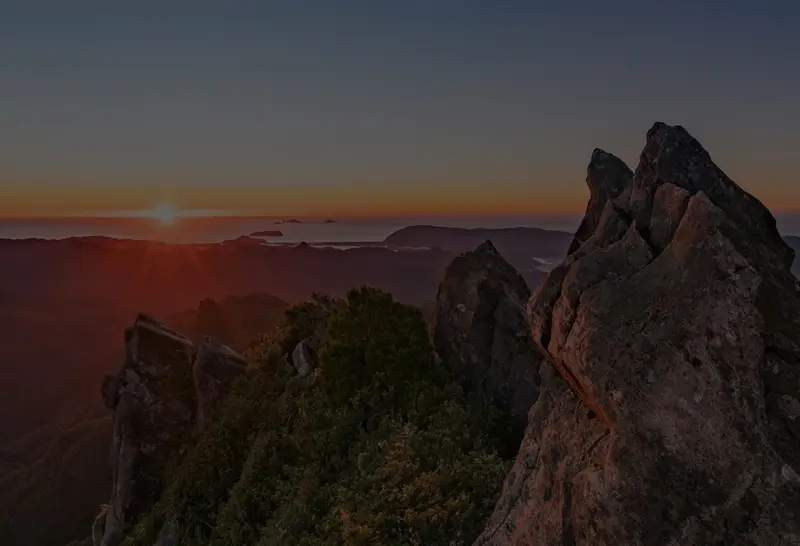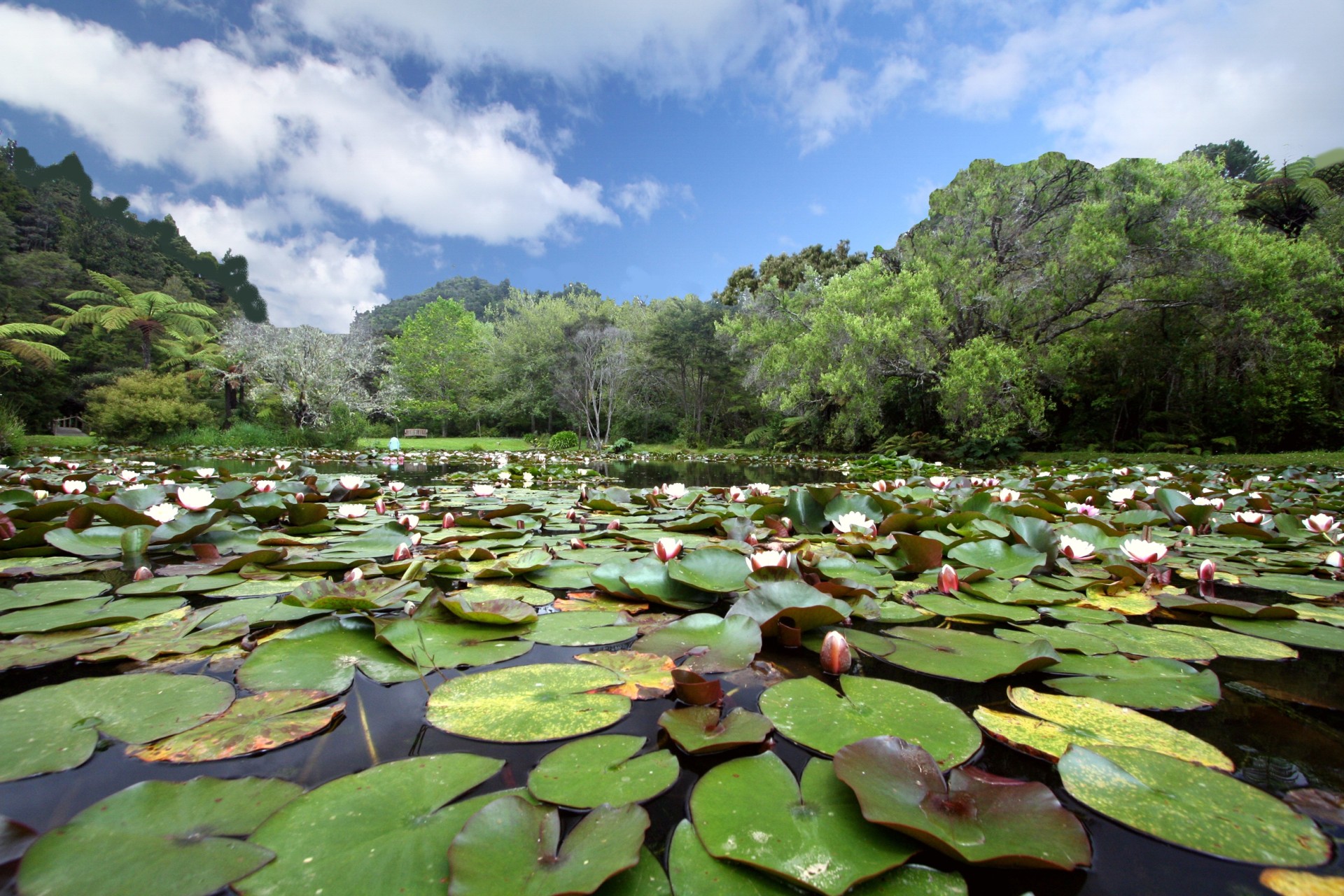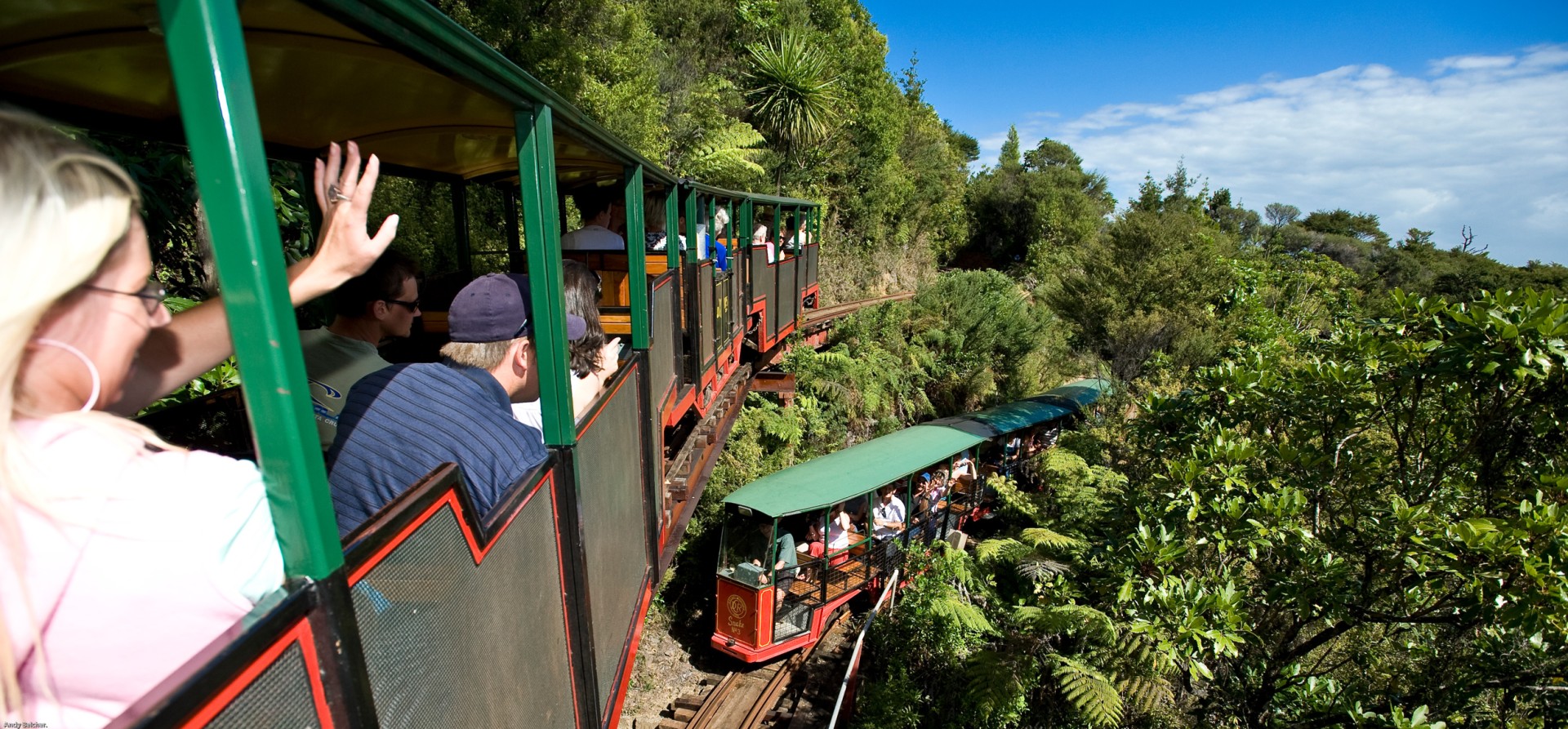
Kupe's Arrival In The Mercury Bay
A visit to Whitianga and the surrounding Mercury Bay settlements of Wharekaho, Ferry Landing, Shakespeare’s Cliff and Cooks Beach offer a unique opportunity to revisit the initial explorations of Kupe and Cook.
Mercury Bay is one of the few New Zealand places originally discovered by both Kupe and Captain James Cook. A stroll in Kupe and Cook’s footsteps reminds us that the landscape they encountered centuries ago remains recognisable today.
Mercury Bay holds a significant place in New Zealand’s history, where both European and Polynesian explorers first set foot. From Kupe’s legendary arrival around 950 AD through to Captain Cook’s discovery in 1769, this is an area resonant with parallel histories. It is a place where New Zealand’s European and Polynesian heritage intersect.
Centuries separated the explorers’ voyages, reflected in the area’s changing place names. Contemplate Kupe and Cook’s footsteps with a visit to Mercury Bay; Te Whitianga-Nui-a-Kupe; Te Whanganui-o-Hei.
The Coromandel town of Whitianga was originally known as Te Whitianga-Nui-a-Kupe, meaning ‘Kupe’s big crossing place’. According to Māori tradition, Kupe was the first Polynesian explorer to sight The Coromandel. In around 950, before the great canoe migrations, Kupe travelled from Raiatea, Hawaiki in the mighty double canoe, Matahourua. He is reputed to have made the 2960km journey with his wife Kuramarotini (or Hine-te-aparangi), their four daughters and Pekahourangi, the tohunga (navigator). The name Aotearoa is said to have come from Hine-te-aparangi, after first sighting a cloud-covered Moehau mountain. “E Kupe, he aotaea, jua u tatou” (O Kupe, yonder is a cloud, we have landed).
The Matahourua’s successful voyage to New Zealand could not have happened without those onboard possessing extensive knowledge of nature. Wind, waves, clouds, and drifting seaweed were observed as navigational indicators. The flight path of Pipi-wharauroa (shining cuckoo) informed the voyage path. At night, rising stars and phosphorescence marked the way. At dusk, Kupe and his crew navigated by Te Putanga-mai o re Ra (the setting sun passing along the side of the canoe).
Kupe eventually left Whitianga and returned to Hawaiki, however many of Kupe's tribe settled in Whitianga. Around 1150 AD, Toi arrived and named the peninsula Te Paeroa-o-Toi. His people intermarried with the Kupe settlers and their descendants were still living when Hei arrived some 200 years later.
400 years after Kupe’s big crossing, the Te Arawa canoe made its journey. Hei was the tauira (sailing master), navigating similarly to Kupe and Toi before him; by ocean currents, wind and stars. Hei and his people remained in Whitianga, as do today’s descendants of Hei; the tribe Ngati Hei. The people of Hei commemorated their leader by naming Te Whanganui o Hei, (the Great Bay of Hei) and Hahei in his honour.











